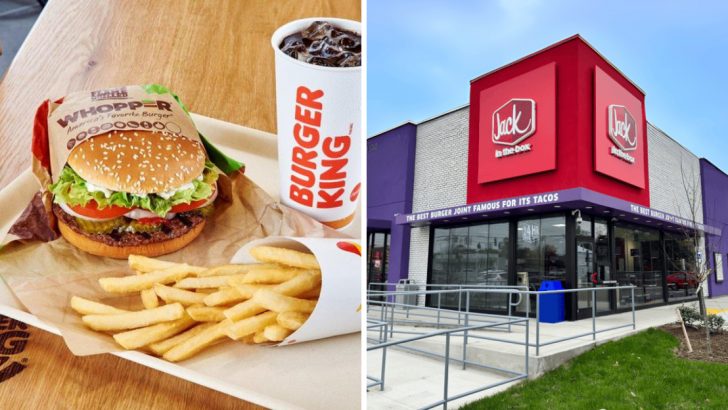Beloved burger spots that once felt like permanent fixtures in towns across America are disappearing at a surprising pace. Longtime customers are arriving to find locked doors, empty dining rooms, and signs announcing permanent closures.
Behind the shuttered windows lies a deeper story of rising costs, shifting tastes, and fierce competition reshaping the fast-food landscape. Popular chains are learning that staying open in every neighborhood is no longer a guarantee—and the era of endless expansion is rapidly coming to a close.
1. The Surprising Wave of Burger Chain Closures Across America
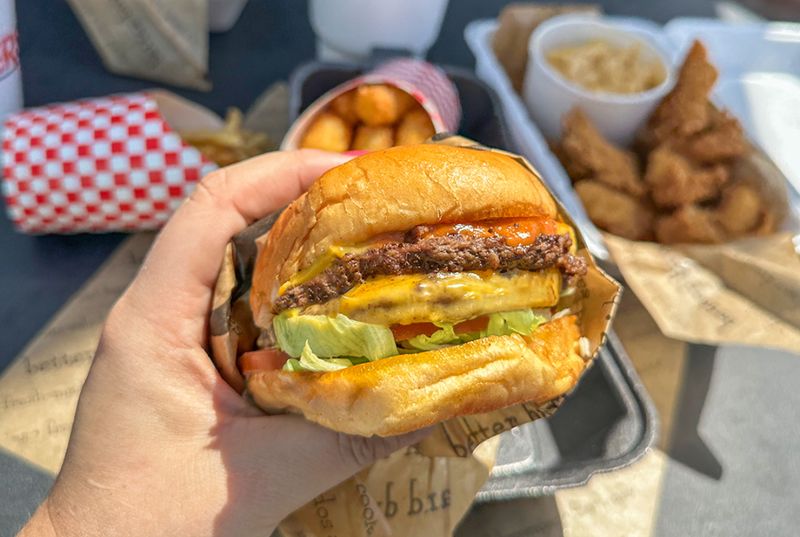
America’s fast-food landscape is shifting dramatically as iconic burger brands close hundreds of locations nationwide. Rising operational costs, franchisee bankruptcies, and evolving customer expectations have pushed even the most established names to reevaluate their footprint.
These widespread closures reflect a larger trend across the industry: a push to shed underperforming restaurants and focus resources on more profitable, modernized outlets.
2. Burger King’s Bold Plan: Why So Many Locations Are Shutting Down
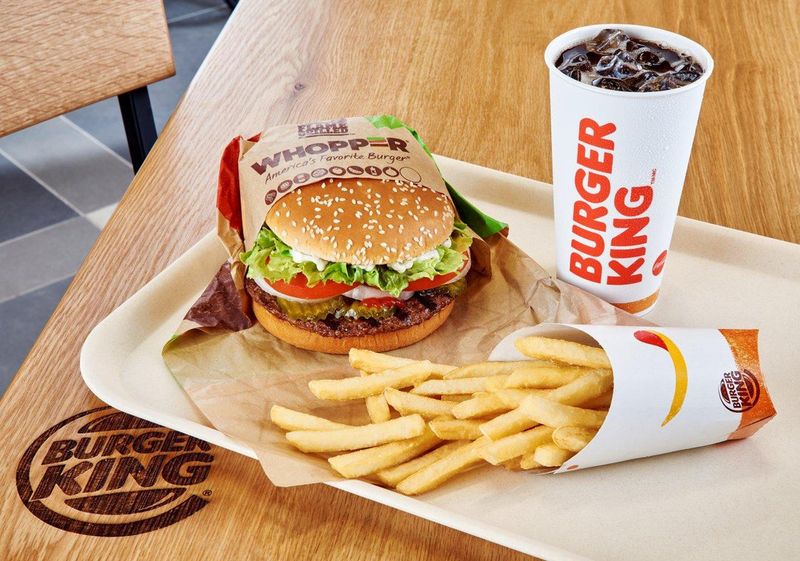
Burger King corporate headquarters announced the closure of approximately 400 underperforming locations in New England (New Hampshire & Massachusetts) and elsewhere, part of their strategic ‘Reclaim the Flame’ initiative. This calculated contraction represents nearly 10% of their American footprint but aims to strengthen the brand’s overall financial health.
Much of the turmoil stems from multiple large franchisees going bankrupt in quick succession, forcing the chain to act decisively. Rather than simply retreating, Burger King is reinvesting in stronger markets by renovating restaurants, upgrading kitchen equipment, and streamlining menus.
3. Jack In The Box Downsizing: Inside Their 200 Location Shutdown
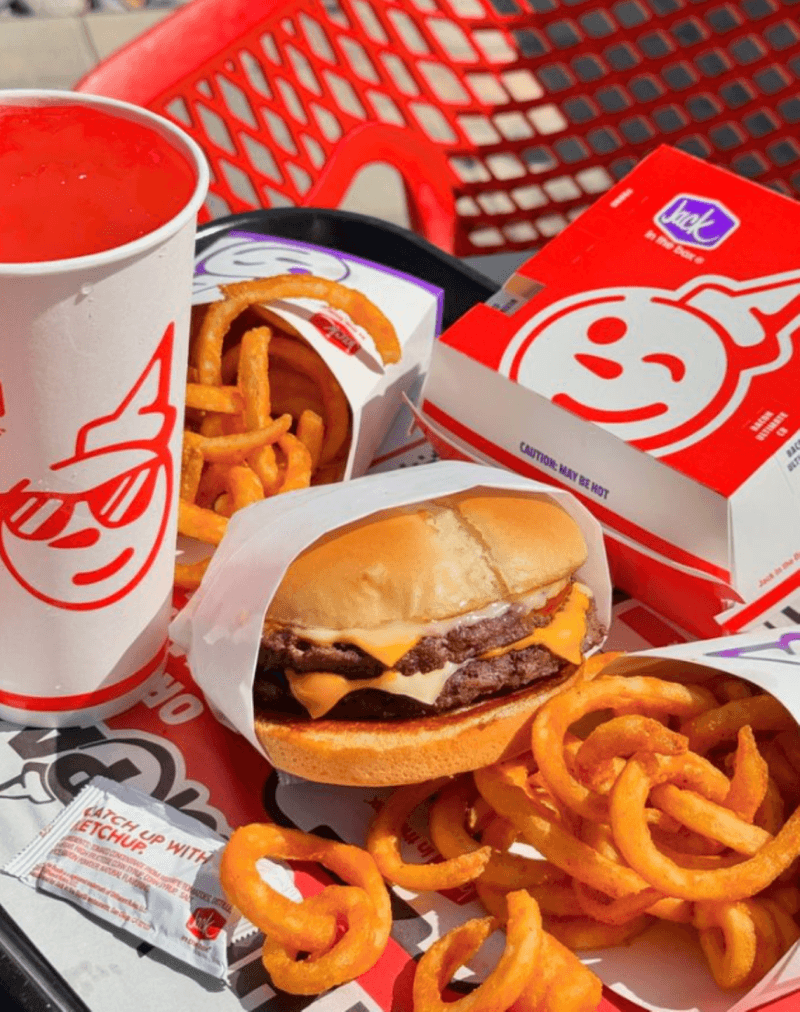
Jack in the Box is embarking on its own massive restructuring, closing between 150 and 200 locations across the country. The closures are part of a broader plan to strengthen profitability and refocus the business on its most successful regions.
CEO Lance Tucker emphasized the goal is to accelerate cash flow, reduce $300 million in debt, simplify operations, and focus on profitable growth and reimaged stores. In a notable regional move, Jack in the Box fully exited the Kansas City, Missouri market, closing all its locations there.
4. Why Fast-Food Giants Are Being Forced to Shrink
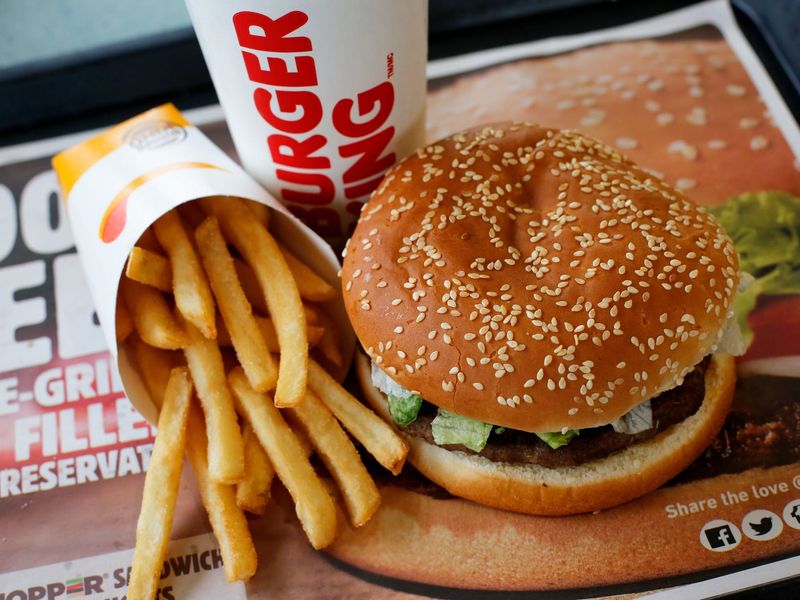
Inflation has hit fast-food chains hard, driving up the cost of ingredients, utilities, and wages while customers cut back on spending. Value menus no longer feel like bargains when home cooking seems cheaper by comparison.
Franchise owners, who run most of these restaurants, are under intense pressure. Between rising expenses, tough leases, and persistent staffing challenges, many have decided it’s better to close up shop than keep losing money.
On top of it all, both Burger King and Jack in the Box face growing consumer demands for fresher food, faster service, and updated stores—expectations many aging locations just can’t meet.
5. A Fast-Food Future Built on Fewer, Better Stores
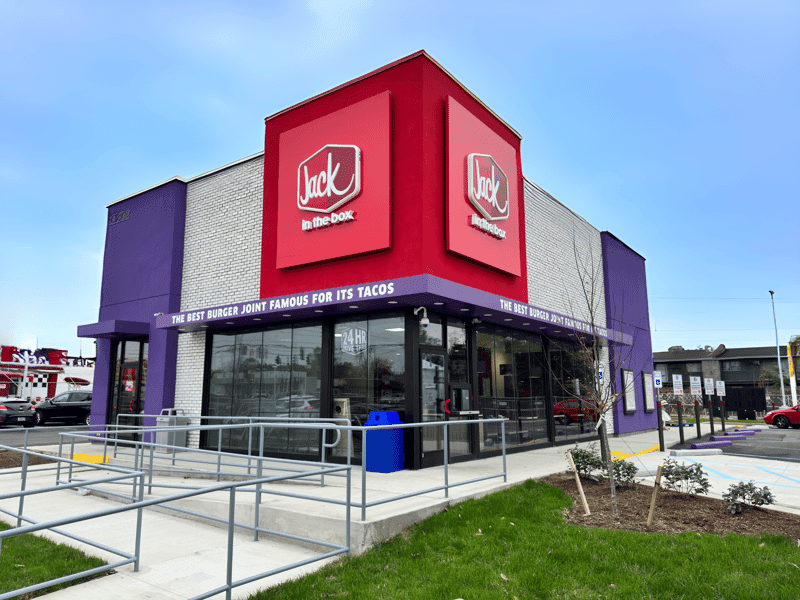
The recent wave of closures at Burger King and Jack in the Box might feel discouraging to longtime fans, but it signals a major shift in how fast-food chains operate. Instead of chasing aggressive expansion, these companies are focusing on making each restaurant more profitable and resilient.
For diners, this change means fewer familiar burger spots in some neighborhoods, but the locations that remain are likely to see major upgrades. Expect enhanced digital ordering, improved drive-thru technology, and careful growth into areas with higher demand and stronger spending habits.

